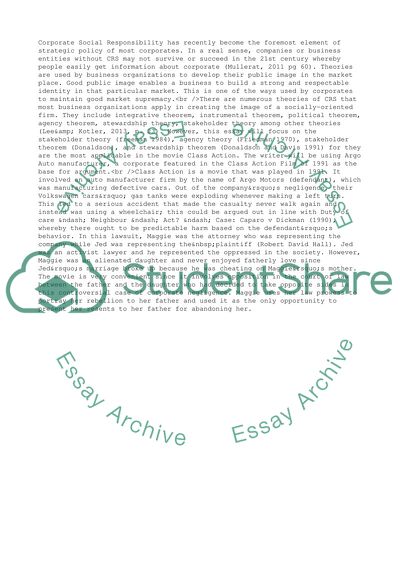Cite this document
(Corporate Social Responsibility Essay Example | Topics and Well Written Essays - 2250 words, n.d.)
Corporate Social Responsibility Essay Example | Topics and Well Written Essays - 2250 words. https://studentshare.org/business/1810465-regulation-and-management-in-the-global-community-problem-based-learning-task
Corporate Social Responsibility Essay Example | Topics and Well Written Essays - 2250 words. https://studentshare.org/business/1810465-regulation-and-management-in-the-global-community-problem-based-learning-task
(Corporate Social Responsibility Essay Example | Topics and Well Written Essays - 2250 Words)
Corporate Social Responsibility Essay Example | Topics and Well Written Essays - 2250 Words. https://studentshare.org/business/1810465-regulation-and-management-in-the-global-community-problem-based-learning-task.
Corporate Social Responsibility Essay Example | Topics and Well Written Essays - 2250 Words. https://studentshare.org/business/1810465-regulation-and-management-in-the-global-community-problem-based-learning-task.
“Corporate Social Responsibility Essay Example | Topics and Well Written Essays - 2250 Words”. https://studentshare.org/business/1810465-regulation-and-management-in-the-global-community-problem-based-learning-task.


